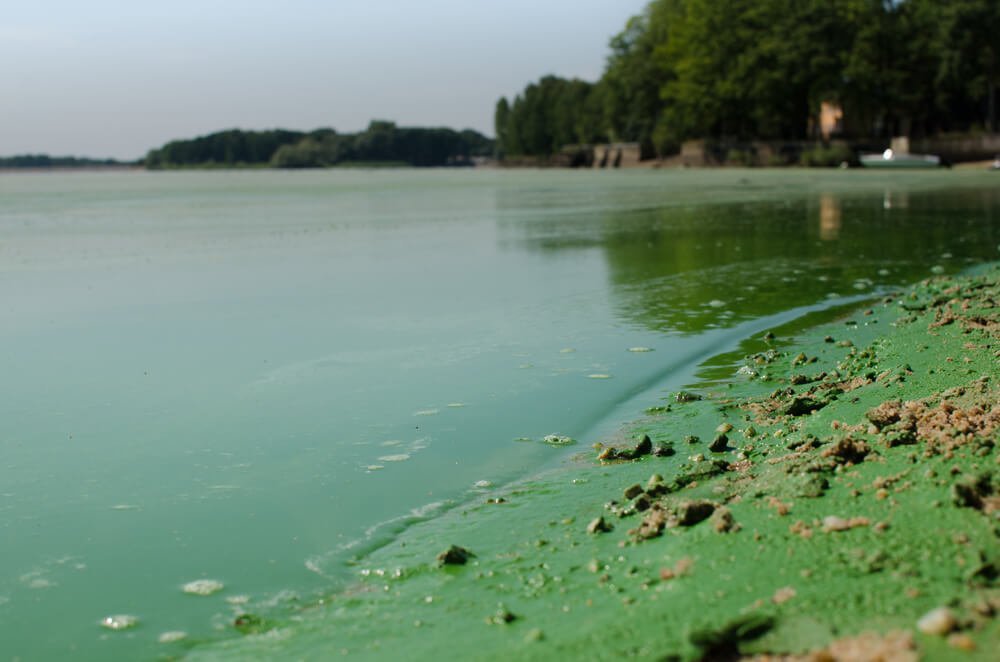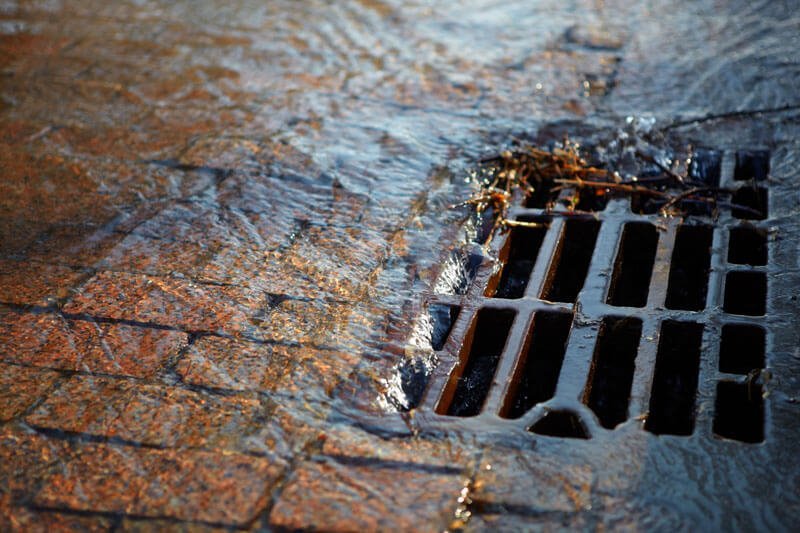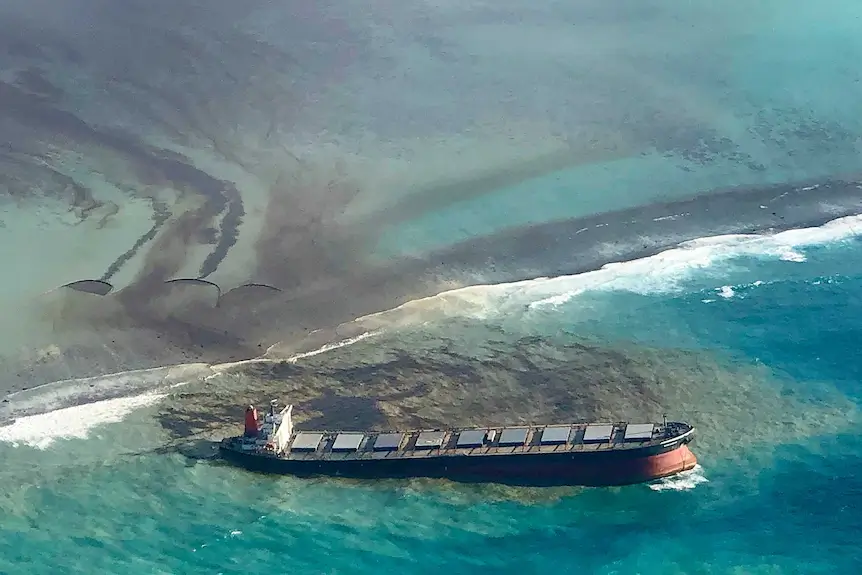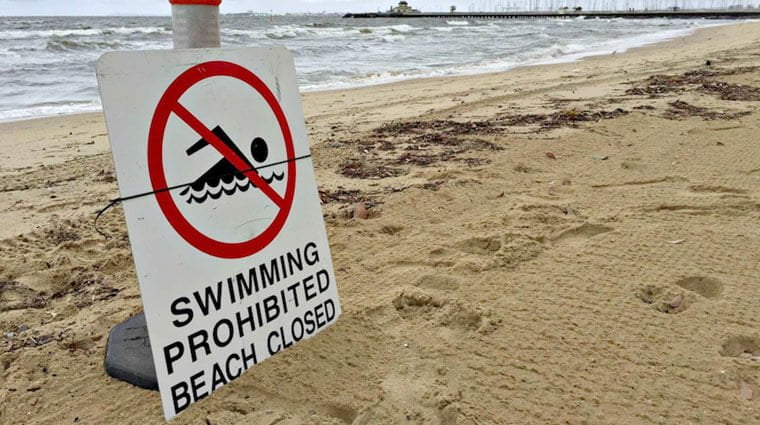No results available
ResetSwimming in polluted water can be detrimental to your health, do you know how to tell if the water is safe to swim in or not?
Summer is here and with that comes plenty of storms and rain events.
While it can be a nice relief from the hot humid weather we often experience during summer it also contributes to poor water quality in our lakes, creeks and oceans.
Swimming in polluted water can be detrimental to your health, so avoiding the water when the water quality is poor is the safe thing to do. But, do you know how to tell if the water is safe to swim in or not?
In this article, we explore what constitutes bad water quality and how to know when it’s safe to swim.
Simply put, poor water quality is when the water is polluted by harmful microorganisms and pathogens.
The water quality may be poor for multiple reasons, including too many nutrients in the water, which can cause excessive growth of algae, or the presence of artificial pollutants such as metals, oils, pesticides and fertilisers.
There are multiple incidents that cause poor water quality, these include; microbiological pollution, stormwater pollution, sewage spills and oil spills.
Microbiological pollution is made up of harmful microorganisms and pathogens such as bacteria and viruses.
The microorganisms can contaminate the water at beaches, creeks and lakes as well as the surrounding sand via stormwater runoff, boating pollutants and sewage.

Stormwater pollution is when rain does not soak into the ground but instead runs across the surface.
From here the water flows untreated into our natural water sources, including bays, rivers and lakes and can carry harmful pollutants including:

Sewage systems around our cities are designed to flow even with an increase of water due to rainfall but if there is a severe storm or heavy rainfall this system can become overpowered by the running water and overflow.
When the system overflows it can cause untreated water with pollutants to flow into our lakes, rivers, beaches and creeks creating polluted water which is unsafe for humans to swim in.

An oil spill is the release of liquid petroleum hydrocarbon into the water. This can cause harm to not only the ecosystem surrounding the oil spill but also humans who choose to go swimming in nearby waters.
An oil spill can happen in rivers, bays, creeks and oceans. It is caused by accidents involving boats, tankers, barges, pipelines, refineries, drilling rigs and storage facilities. While oil spills are usually accidental they can cause serious damage to the ecosystem and humans.

If you swim in polluted water or swallow polluted water you may become ill after being exposed to the nasty microorganisms and pathogens in the water.
The most common illness related to poor water quality is gastroenteritis. This can cause:
The best way to check if a beach, lake, creek or bay has a normal level of water quality and is safe to swim is to check your local council or state department website. These include:

After heavy rain (more than 10mm) beaches, lakes, rivers and creeks can become polluted with stormwater runoff.
The general rule of thumb is to avoid swimming in coastal bodies of water for one day after heavy rain and in rivers and estuaries for three days after heavy rain.
It is also recommended to avoid swimming near stormwater drains as they can still be actively discharging microorganisms and pathogens into the water.
By following this rule of thumb you’ll allow enough time for the polluted water and debris that runs into our lakes, creeks and oceans to clear and become safe to swim in once again.
The short answer is no.
You may say to yourself that the water quality looks fine while looking at the water, but it’s what’s lurking under the water that does the harm.
While the water quality on the surface may look ok, there could be debris such as logs, trees, branches and household rubbish floating under the surface after a rain event.
It is recommended to use the rule of thumb – 1 day for oceans, 3-days for rivers/creeks – after heavy rain and to check your local water quality guide to ensure the water is safe to swim in.
No results available
Reset




Copyright © 1999-2024 oceanswims.com. All rights reserved.
‘OCEANFIT is a registered trademark of OceanFit Pty Ltd.